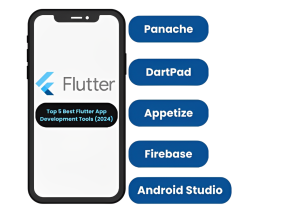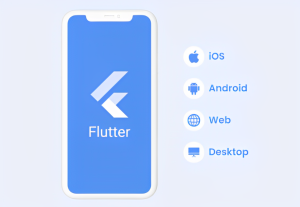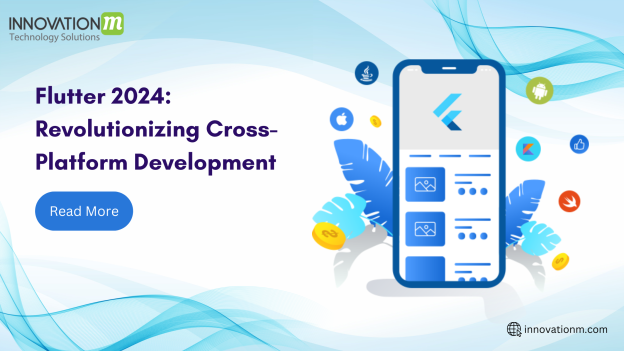What is Flutter?
Flutter, an open-source UI software development kit created by Google, allows developers to create natively compiled applications for mobile, web, and desktop from a single codebase. Since its launch in 2018, Flutter has been evolving rapidly, and 2024 marks another significant leap forward in its capabilities and user experience.
Key Features of Flutter 2024
1. Enhanced Performance
In 2024, Flutter’s performance is nothing short of phenomenal. The introduction of Flutter Boost and Skia’s next-gen rendering engine has reduced load times and improved frame rates, making your apps feel smoother and more responsive than ever before. Whether you’re developing a game, a productivity app, or an e-commerce platform, Flutter ensures that your application runs flawlessly.
2. Faster Development with Hot Reload 2.0
Flutter’s Hot Reload has always been a developer favorite, allowing for real-time changes without restarting the app. Now, with Hot Reload 2.0, the experience is even more seamless. Instant updates, fewer interruptions, and enhanced debugging capabilities mean you can experiment freely and see the results immediately.
3. Unparalleled UI Design Tools
Flutter has always been known for its beautiful UIs, but 2024 brings an array of new tools and widgets that push the boundaries of design. With the revamped Flutter Design Studio, creating intricate, custom animations and engaging interfaces is simpler than ever. The addition of AI-powered design suggestions helps streamline the process, giving your creativity a powerful boost.
4. Expanded Ecosystem and Plugins
The Flutter ecosystem has expanded dramatically. The marketplace is brimming with new plugins and packages that cater to a wider range of functionalities. From advanced AR capabilities to sophisticated AI integrations, you can find plugins that simplify complex tasks, allowing you to focus on crafting unique user experiences.
5. Seamless Multi-Platform Integration
One of Flutter’s core strengths is its cross-platform capability. In 2024, Flutter extends this advantage with even better integration for web and desktop applications. Improved support for platform-specific features ensures that your apps look and feel native on every device, while maintaining a single codebase.
Why Choose Flutter in 2024?
1. Community and Support
Flutter’s community is more robust and vibrant than ever. With millions of developers worldwide, extensive documentation, and active forums, finding solutions and getting help is easier than ever. Regular updates and contributions from Google ensure that Flutter stays at the cutting edge of technology.
2. Cost-Effective Development
By allowing you to write once and deploy everywhere, Flutter significantly cuts down development time and costs. This efficiency is crucial for startups and businesses looking to maximize their budget without compromising on quality.
3. Scalability
Whether you’re building a small app or a large-scale enterprise solution, Flutter scales effortlessly. Its architecture supports complex applications and can handle high user loads, making it a reliable choice for projects of any size.
4. Future-Proof
With Google backing and continuous innovation, Flutter is here to stay. Adopting Flutter means investing in a technology that’s evolving with the industry, ensuring your projects remain relevant and competitive.

Getting Started with Flutter 2024
Ready to jump in? Here’s how to get started:
- Install Flutter: Head over to the official Flutter website and follow the installation guide for your operating system.
- Learn the Basics: Utilize the comprehensive tutorials and documentation available on the site. The new interactive courses are perfect for beginners.
- Join the Community: Engage with the Flutter community on forums, GitHub, and social media platforms. Attend meetups and conferences to stay updated with the latest trends and tips.
- Build Your First App: Start with a simple project to get a feel for Flutter’s capabilities. Experiment with widgets, layouts, and features to understand the framework better.
- Explore Advanced Features: Once you’re comfortable, dive into more complex functionalities. Explore the new plugins, experiment with animations, and push the boundaries of your app’s design.

 End to End Technology Solutions
End to End Technology Solutions
